When DIYing It Is Neither Quick or Easy! (+ How to Make a Wooden Frame)
Before I dive into today’s post, first and foremost a HUGE virtual hug to those of you who left kind comments and messages in response to Tuesday’s post. Not only do I love hearing from you guys, but I so appreciate how supportive, encouraging, and accepting you are of me and what I do here. I genuinely love slowing down and updating you all on what’s going on behind the scenes; and your warm responses and thoughtful suggestions always make what feels so vulnerable and scary, so worth it. And YAY for some more lifestyle content! I am thrilled to hear you guys are on board so I will probably start sprinkling that it here and there where it fits. If you haven’t caught up yet, you can see more of what I’m talking about here.
I know I’m guilty of using the phrase “quick and easy” a lot; in fact, over the years some of you have even called me out on it! While I usually mean it and try to use the phrase intentionally, if you’ve done any amount of DIY, you know there will eventually be a project that was supposed to be quick and easy yet turns out to be anything but. I love DIYing things. I love using up items I “have on hand,” and I love creating something out of nothing. But stalled out ideas, mis-measurements, and all-out DIY fails still happen to me more than I care to admit. So today, I want to do something a little different than my usual tutorial-style post. I want to show you how I made one of the frames that hangs in our foyer (all the instructions are here if you want to do a similar project yourself); but more so, I want to share how long it took me, what a darn pain it was to make it, give a glimpse into the not-so-quick-and-easy side of DIY, and share why despite all that, DIYing is still so worth it!
So do you see that frame holding the red abstract art piece? I made that frame. Yep! Me. All by myself. Go me! Want to know how long it took me? Oh – about 4 months. Want to know how long it should have taken me? Um, about 4 hours…probably not even. Seriously. I could have much-easier and much-quicker bought a frame for that print…and I almost did every time I walked into Michaels during this ordeal. But I could never bring myself to do so. Why?
Well, for one…because I’m me. But also because I already had everything I needed to make a frame. When I selected the art prints for our foyer, I was in a major “everything must go” and/or “everything must be repurposed” mindset. So I specifically picked a square print to fit the frame on the magnetic memo boards I made years ago and was still hoarding. “This will be great,” I thought. “This will get things out of the garage,” I said. “It will be a pretty easy DIY,” I assured myself. “I won’t have to buy yet another frame,” I smirked. “It will make for great blog content!” Decision made. I was making a frame!
As with most DIY projects, I started gung-ho. I decided I was going to re-purpose my memo board into a frame that could hold an art print, so I grabbed it and my electric screwdriver and got to work disassembling the memo board from the frame itself.
See how to make the basic frame wooden frame here.
Once I started, I quickly realized this frame transformation wasn’t going to be as straight forward as I hoped. Because I originally just made a wooden square and attached it to the front of a magnetic sheet with screws, I had no place to insert glass or a print. This whole project was going to need to be re-imagined. “So much for knocking this out today!”
It was at this point that we had company coming into town. I had art prints arriving on my doorstep, and I just wanted the whole gallery wall done. So I hung the empty wood frame on the wall where it was eventually going to go and then placed all the other frames around it. Why share this random detail? Well, for one, that empty frame stayed on the wall for 4 months. Guests and visitors even commented on how nice my “beige wall artwork” was. Also, because I had carefully measured and placed all the other frames to go around this frame, I was therefor committed to size and shape for that print in that spot. I absolutely had to put a 24″ square frame in that spot for the whole arrangement to make sense. As many times as I wanted and tried to get out of this DIY, I was stuck. Because a custom 24″ square frame would have cost me big bucks. And this whole plot was to avoid buying a frame in the first place.
Four months later…
Once I finally decided the empty frame had to either be filled or go (which wasn’t really an option), my next problem was figuring how how to transform a basic wooden square into a frame that held a “glass” front. This turned into a few days of searching Pinterest for techniques and ideas that would work with my original frame but give me the final result I wanted. Oh – and I had to come up with something that didn’t require tools I didn’t have or know how to use and was all fairly straight forward (as is, straight cuts, nothing fancy!). Admittedly, this brainstorming and “figuring out” phase is one of my favorite parts of DIYing and using up things around the house. But it’s not a quick process, and is usually another point where I tend to stall out for a good long while!
Here’s what I decided to do, not really knowing if it was going to work. (Spoiler: It did!)
I took the wooden square dowels I had from this project and cut them with the miter saw to fit the inside dimensions of my original wooden frame.
I then used a ruler and pencil to mark the half-way point on one edge of the dowels.
Next, I aligned those markings with the top edge of my original frame and secured the dowels to the inside of the frame using wood glue and clamps. By placing the the dowels upward on the frame like this, I created a “pocket” of sorts in the back of the frame where the acrylic sheet, print and a backing could nestle into.
Once the wood glue dried and I determined the whole frame was sturdy enough to hold the acrylic and my print, I proceeded with cleaning up the frame and giving it a fresh coat of paint. I filled all the holes from the memo board hardware with wood filler, and filled all the seams, cracks, and edges between the outside frame and inside frame with latex caulk.
Friends, caulk fixes almost anything and gives a seamless look to your wooden projects. Although my corner seams were wonky and some of my dowels were a bit crooked. Once everything was sealed up and painted, you could hardly tell!
Primed with Zinsser 123 Spray Primer (my fav) and painted with 2 coats of Rust-o-leum High Gloss White (right off the shelf at the hardware store).
Man, I presented those last few steps like I just hopped from one to the next without skipping a beat. While my overall process worked and I didn’t experience any major hiccups, each step took hours and or even days to complete. I got everything glued together one day and let it dry over night. I then filled all the holes and did all the sanding the next day; and I think it was a few more days before I got around to painting it. It felt like this frame project was laying around FOR.EVER!
With my frame eventually assembled, painted and dried, I determined it looked okay enough to go on the wall, so I finished up the last few steps in a single afternoon. First, I cut a piece of acrylic I had leftover from this project into a dimension that fit into my frame. I HATE cutting acrylic…hate it…so this step took some major mental effort!
Next, I traced my trimmed acrylic onto a sheet of foam core I also had laying around from some photo shoots and cut it down with an X-acto knife.
Then it was time to cut a mat for the frame. I know I shared this tip about getting mats cut, but this was a big frame and the mat alone would run me $30-$50. I actually have a mat cutter (random, I know…it was my Mom’s and I’ve kept it for the “someday I’ll try it” project which apparently was this one), so I bought the cheapest white mat board I could find and gave cutting my own mat a go. After figuring out the dimensions…
…I practiced a TON on extra board before cutting the real deal. Apparently I didn’t practice enough though because my mat didn’t turn out as precise or pristine as I would have preferred.
But I decided to load everything into the frame anyway (acrylic sheet, mat, print, and foam core backing) and held it all in with some glazing points (which I actually had on hand from this project!)
If you can’t tell by the overly dramatic tale of this project, this one was definitely not a labor of love…it was more like a labor of loathing. Too dramatic perhaps? Each step felt irritating and tedious. It dragged on forever, and I almost bailed at least a dozen times. And although the frame came together (and stayed together!), I wasn’t overly satisfied by the quality of it all. Seems were imperfect, you could still see some of the screw holes from the previous hardware, and the mat has some snags.
But when I turned the frame over, hung it back on the wall, and stepped back to have a look…you better bet I was so stinkin’ proud of myself. Proud of myself for getting it done. Proud of myself for figuring it out. Proud of myself for persevering when I just wanted to throw it all in the trashcan and buy a frame at the store. And that pride…that intoxicating, fulfilling, satisfying, look-at-what-you-can-do pride? It’s always there…at the end of every DIY project…whether it comes together in a snap or is a long and tedious debacle like this one.
And the truth is – all those imperfections you know are there? They melt away once they are up on the wall or in use. Wonky hems, crooked seams, dents it the wood, etc…you’re not going to notice them. I promise. I walk by this frame one hundred times a day, and those imperfections don’t bother me near as much as that empty frame did! My Mom was a knitter and quilter. She always said that mistakes in her projects were how you knew someone (rather than some machine) made them.
Friends – DIYing projects is not always quick or easy. It’s also not always the right call depending on your skills, budget, situation, etc. This time the homemade version ended up cheaper than something I could buy, but that’s not always the case. Fun? Nope, they aren’t always fun either. But taking a bunch of random, un-used things from my garage and turning them into something useful is still one of the most gratifying things I do. Stepping back from a completed project and saying “I made that!” is, for me at least, one of the most rewarding feelings in the world! So even when DIY is neither quick nor easy, I find it’s almost always worth it!
Have a great, great weekend, friends! See you back here next week!
Megan


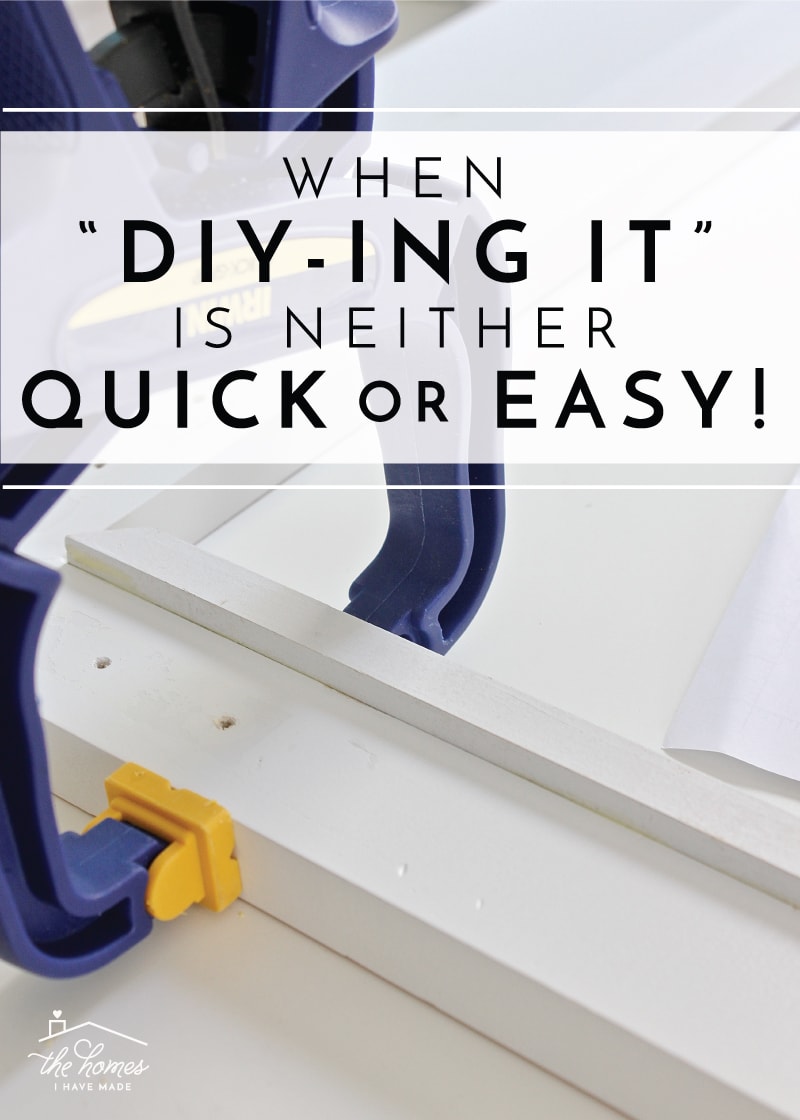
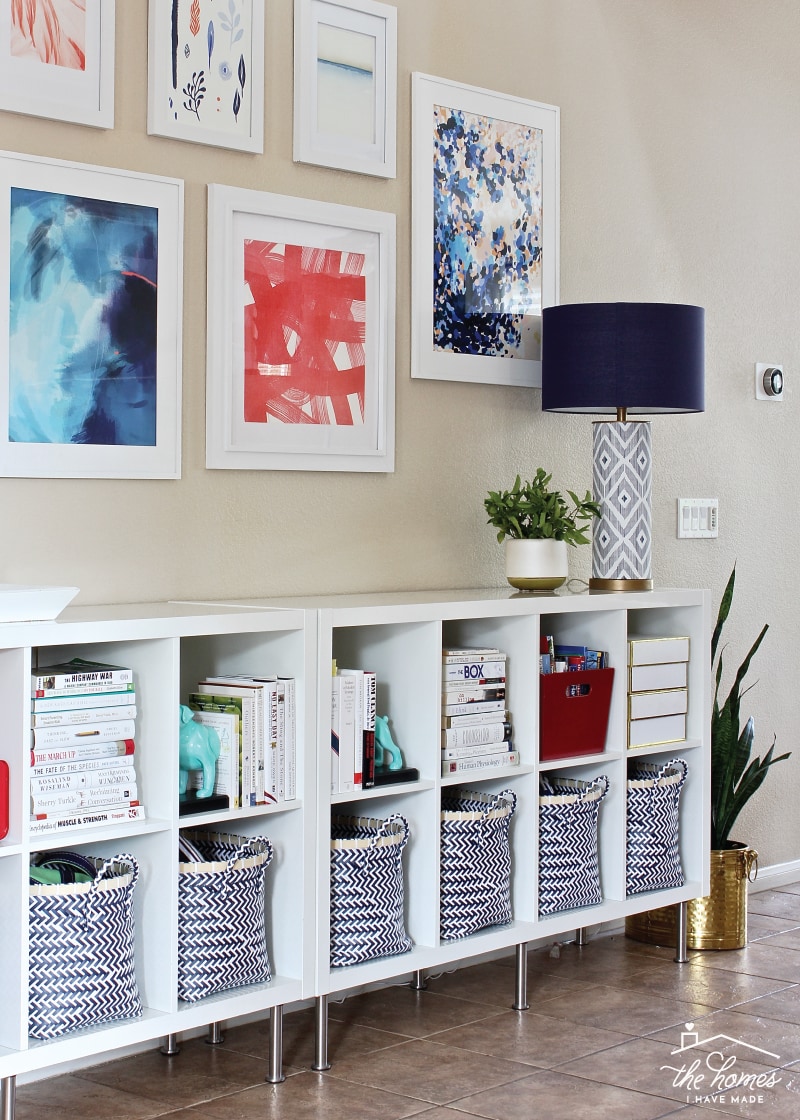
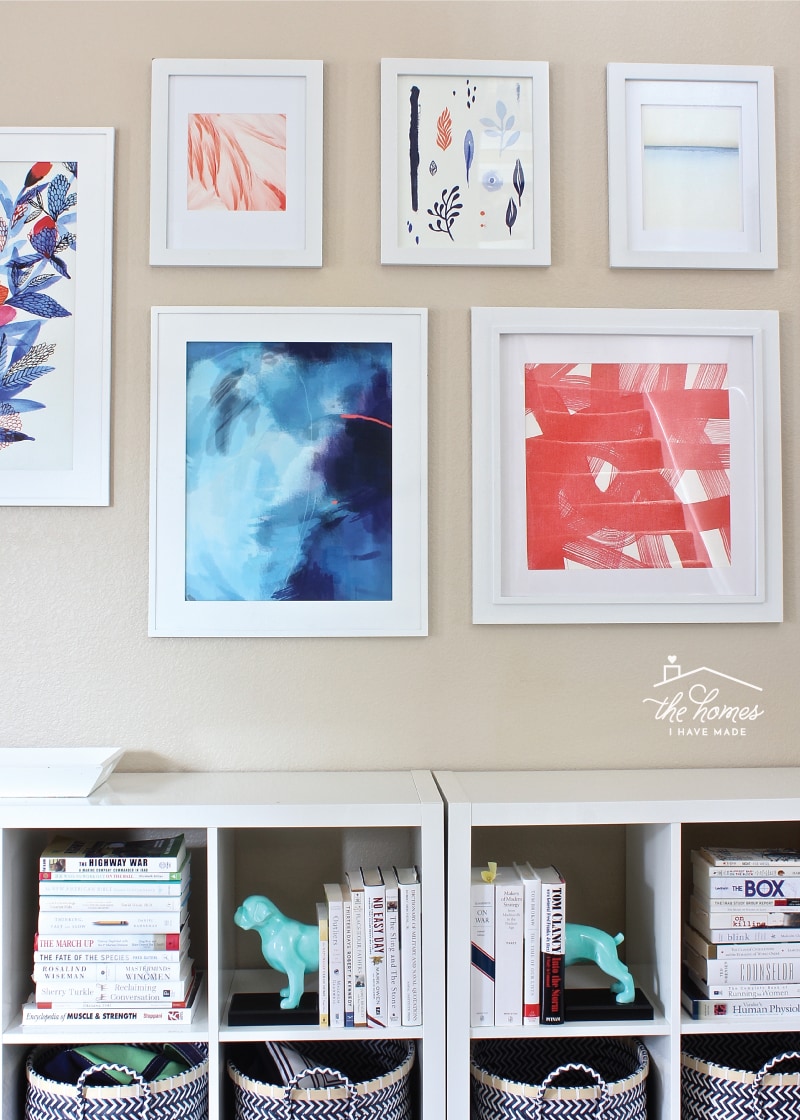
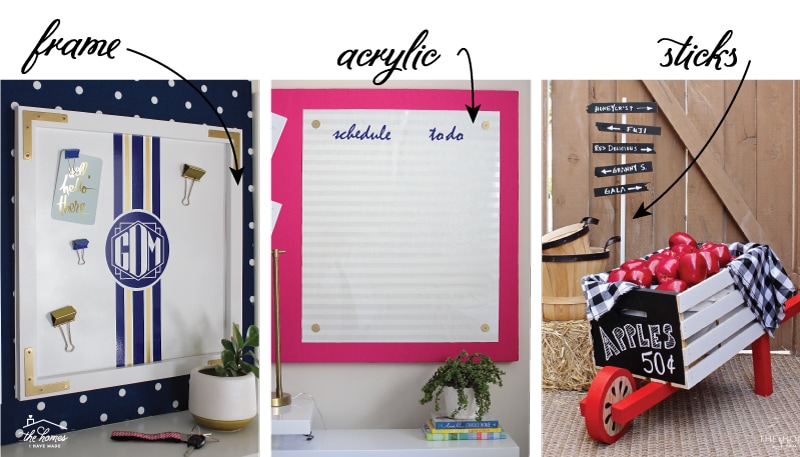
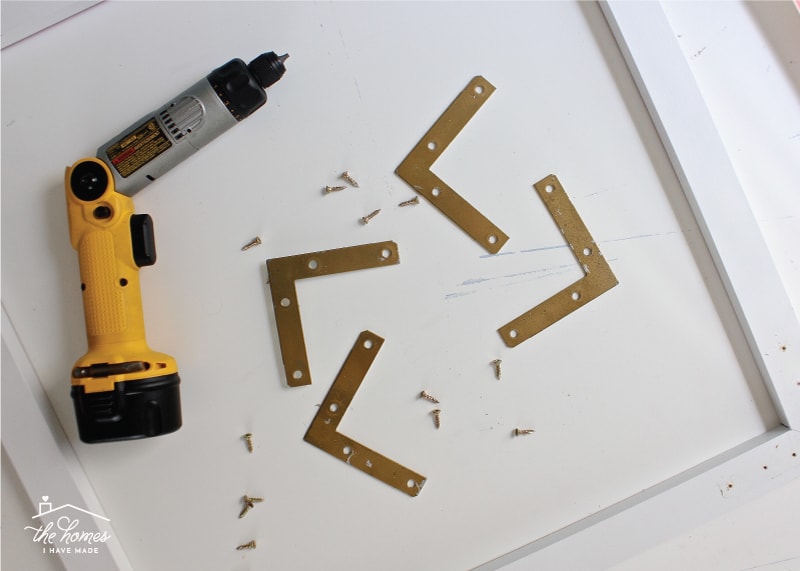
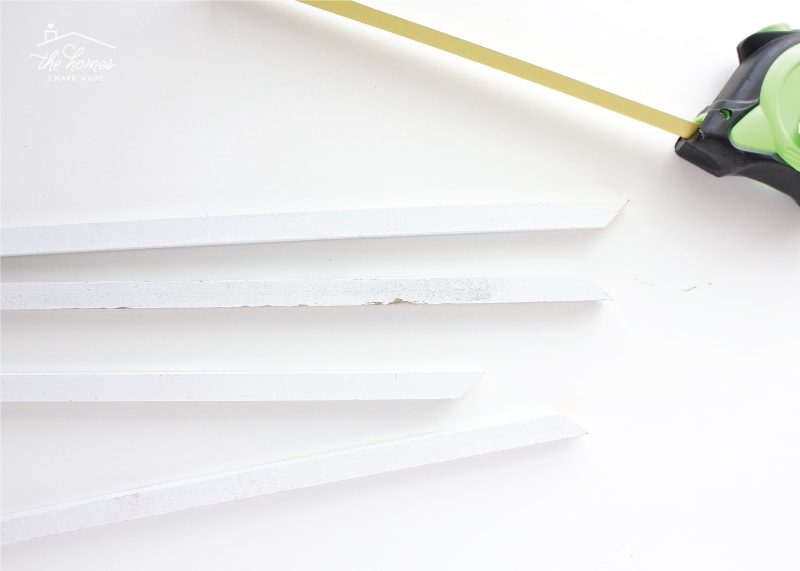
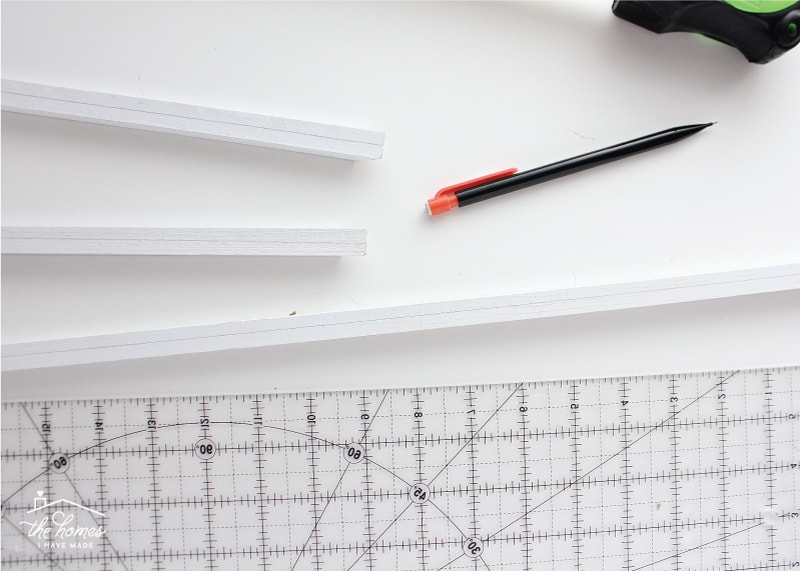
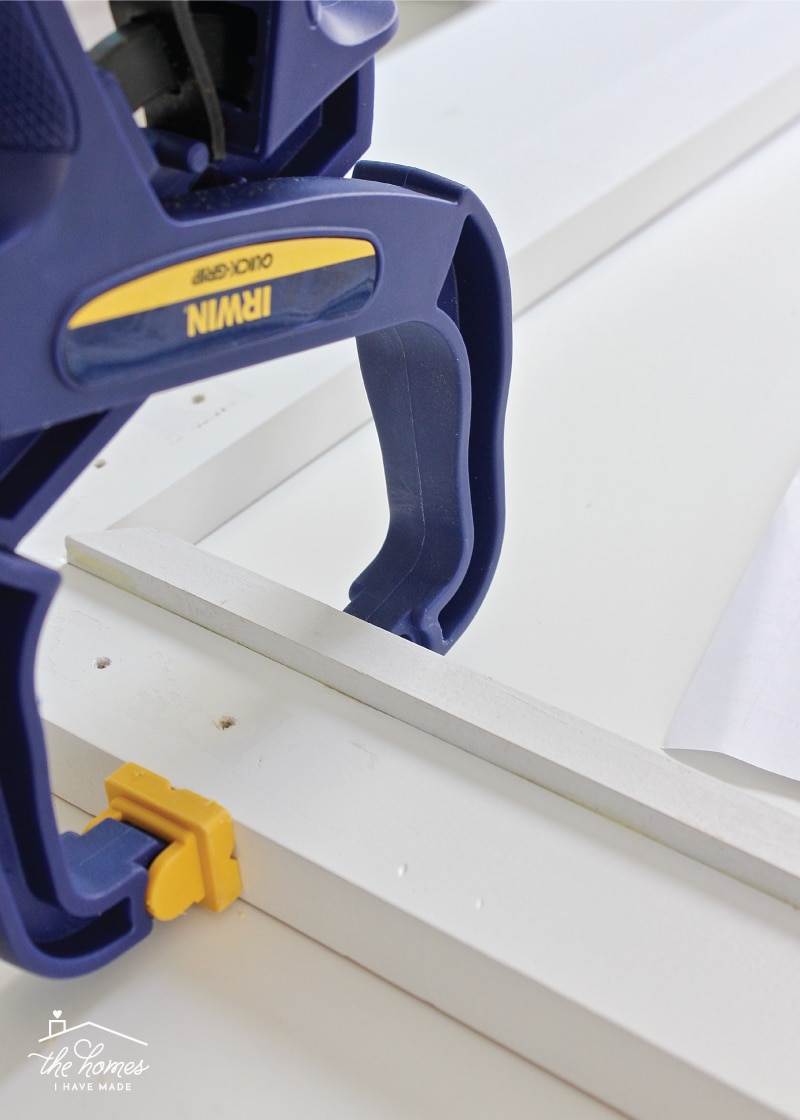
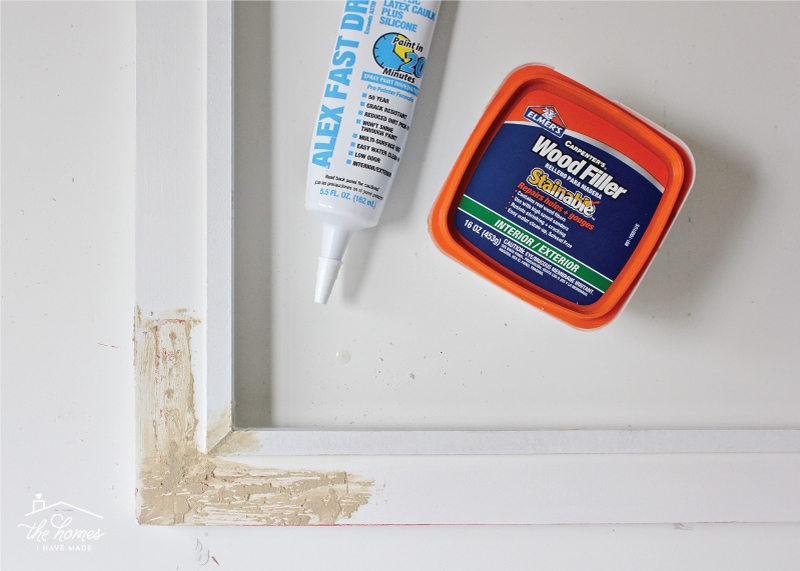
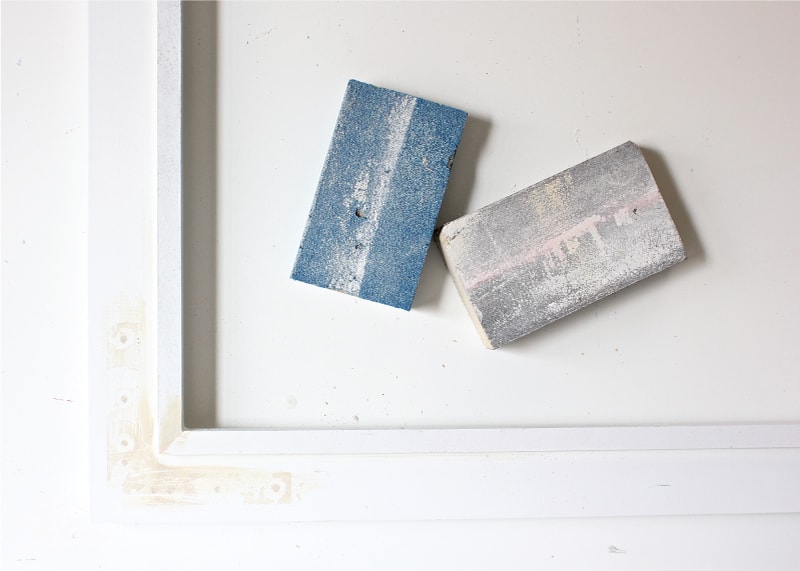
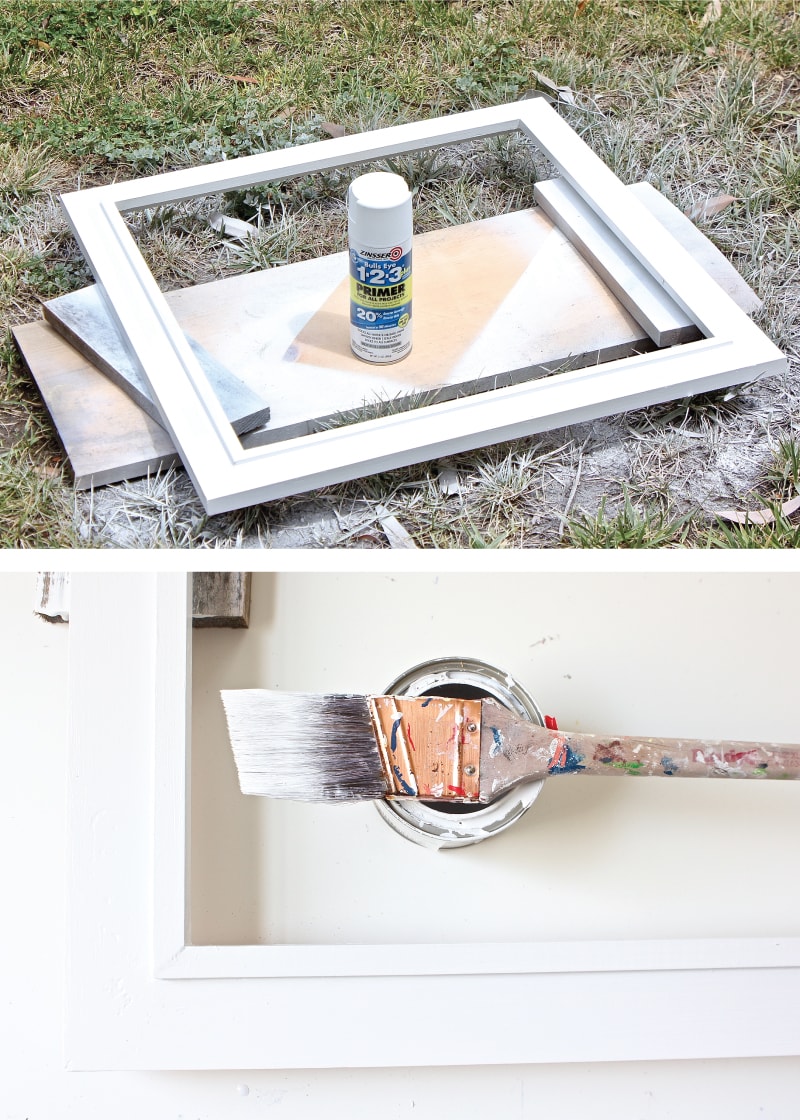
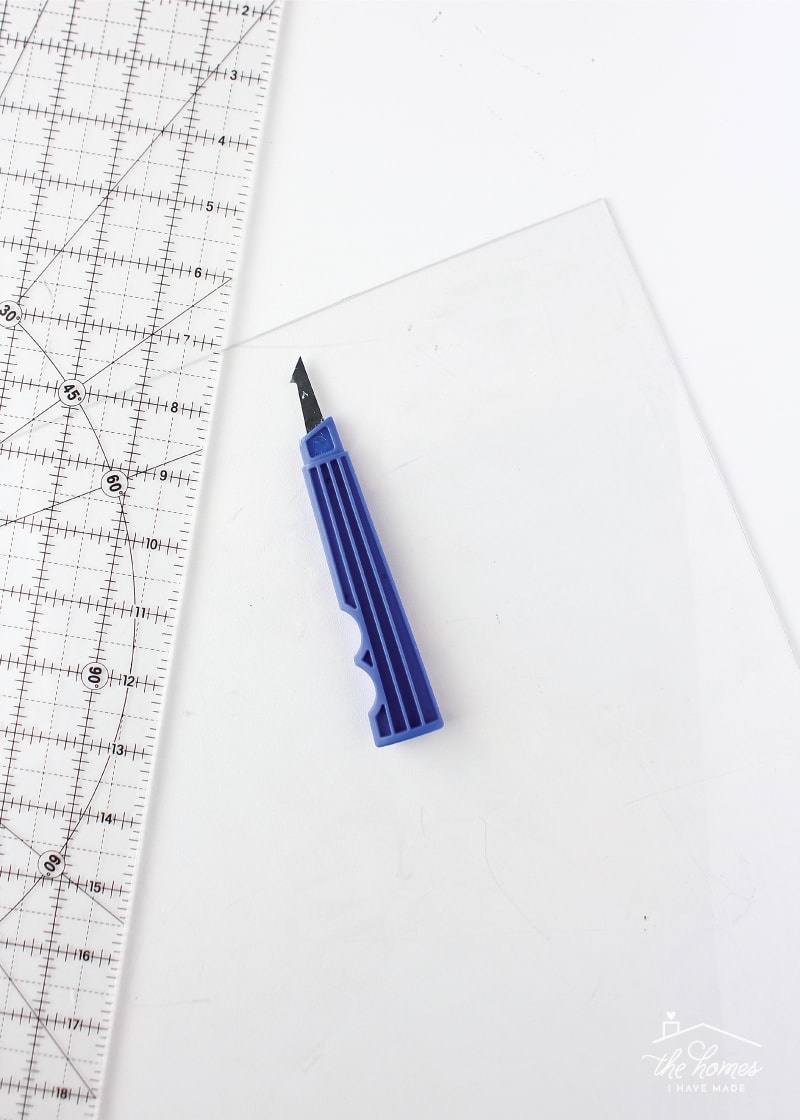
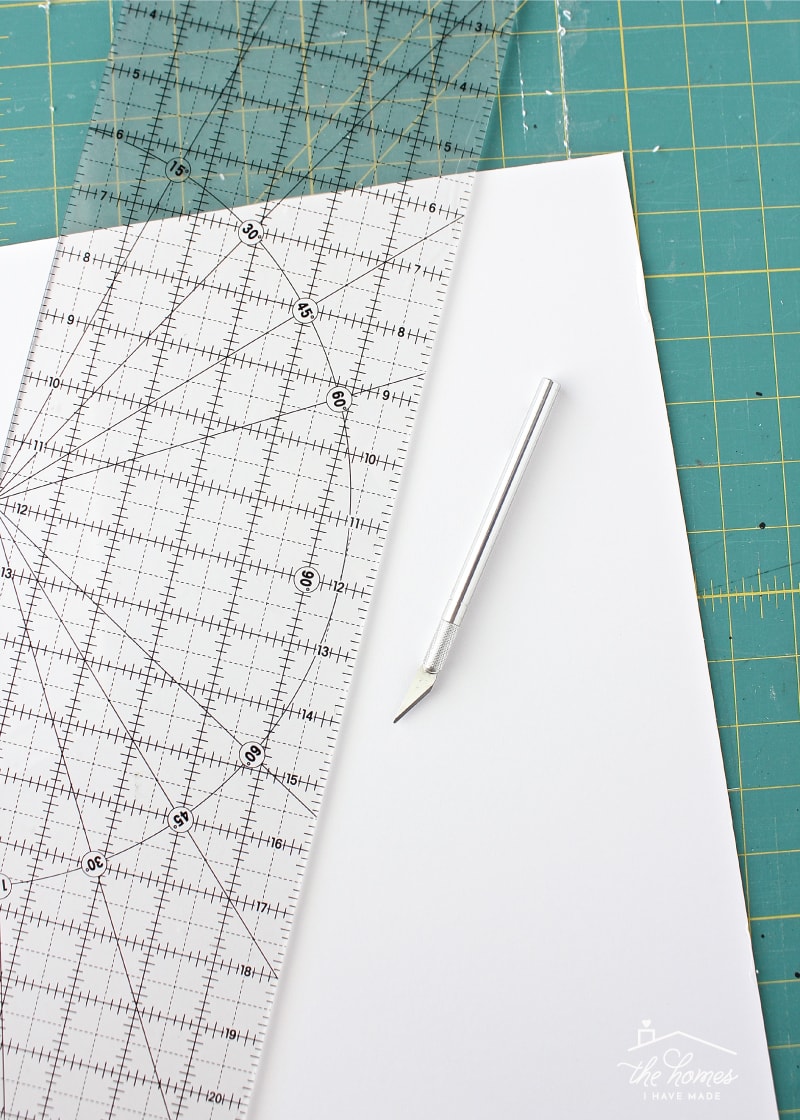
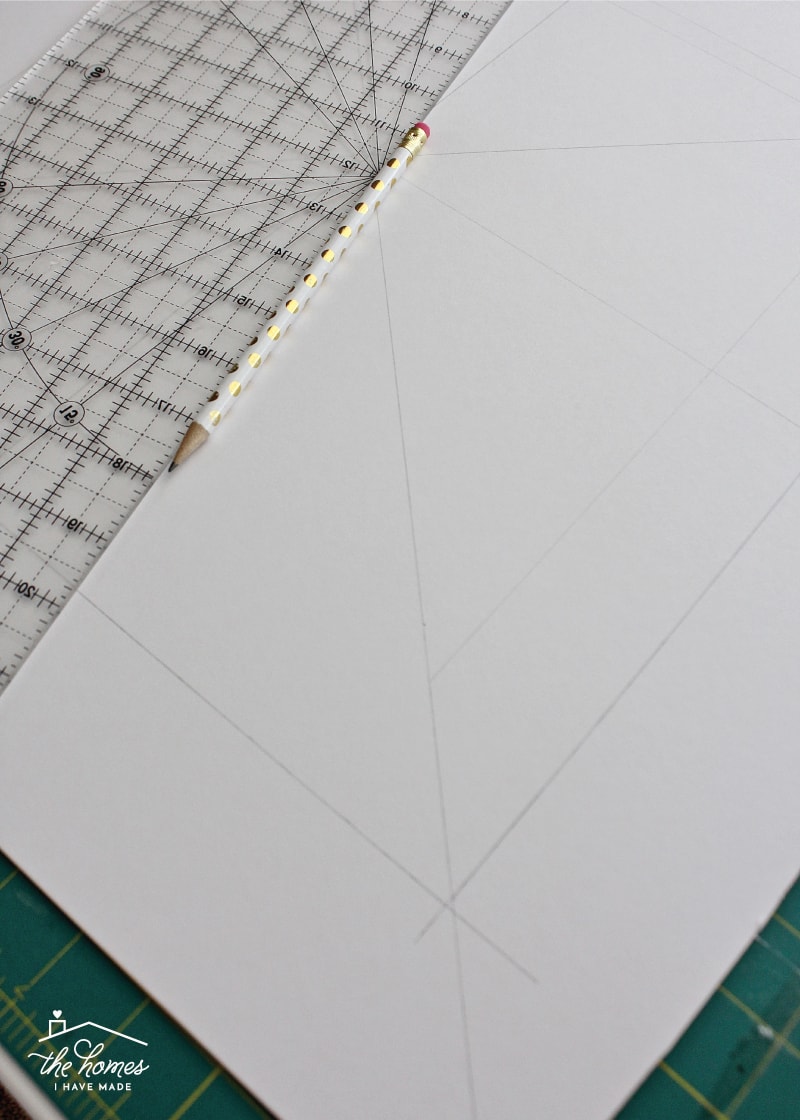
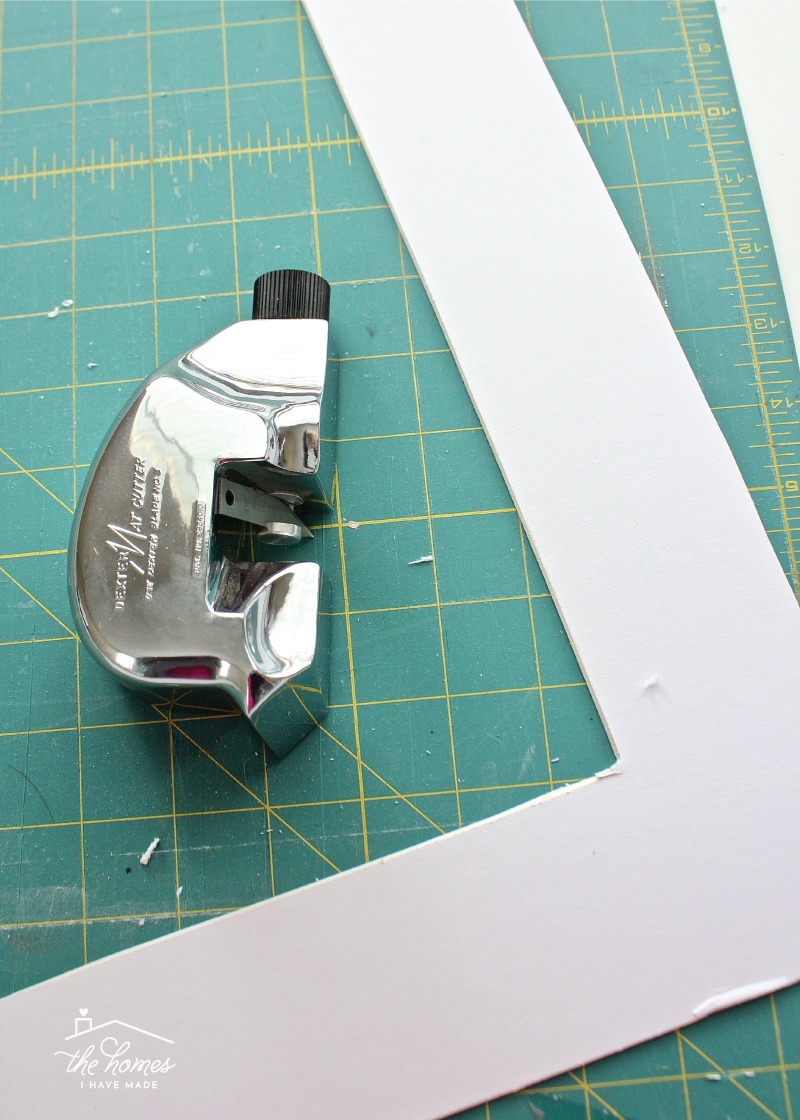
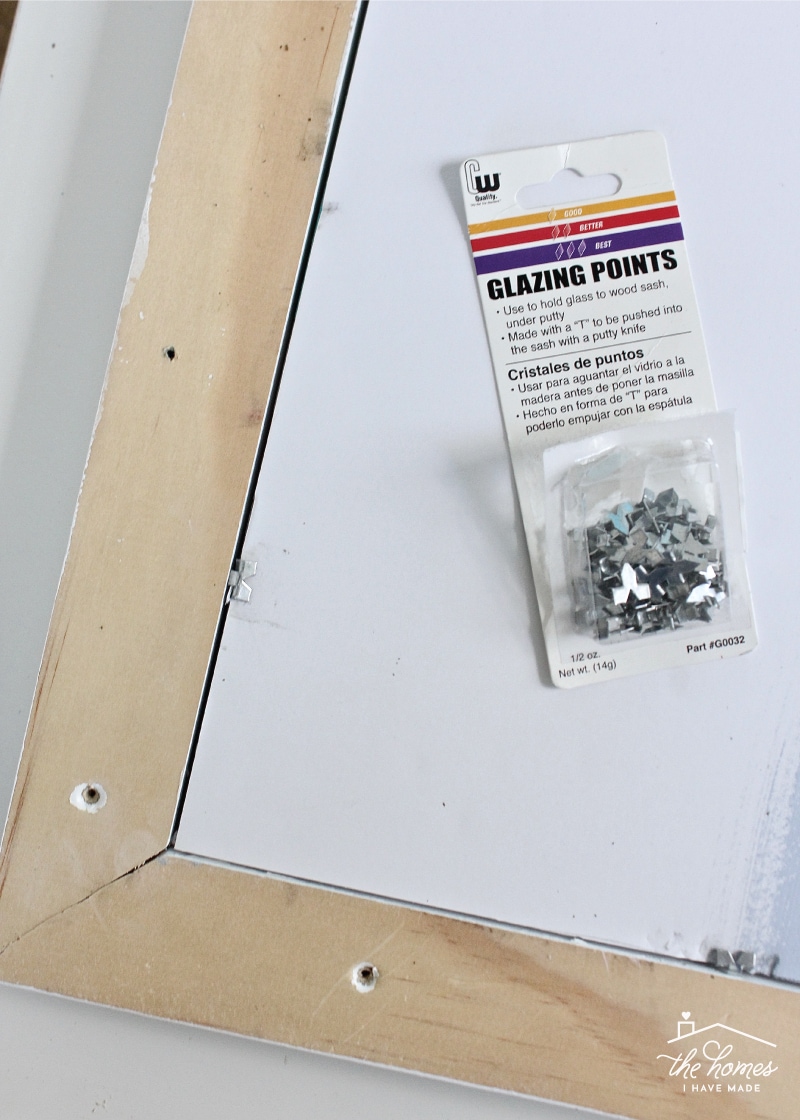

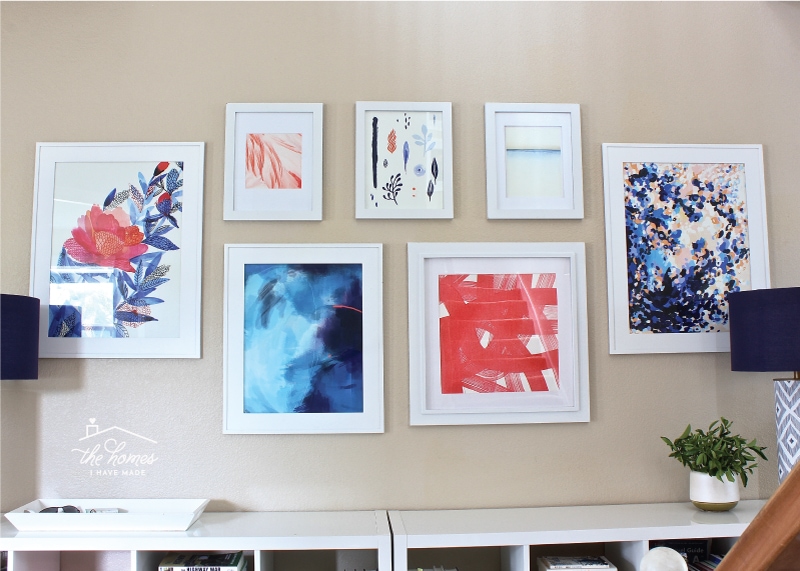
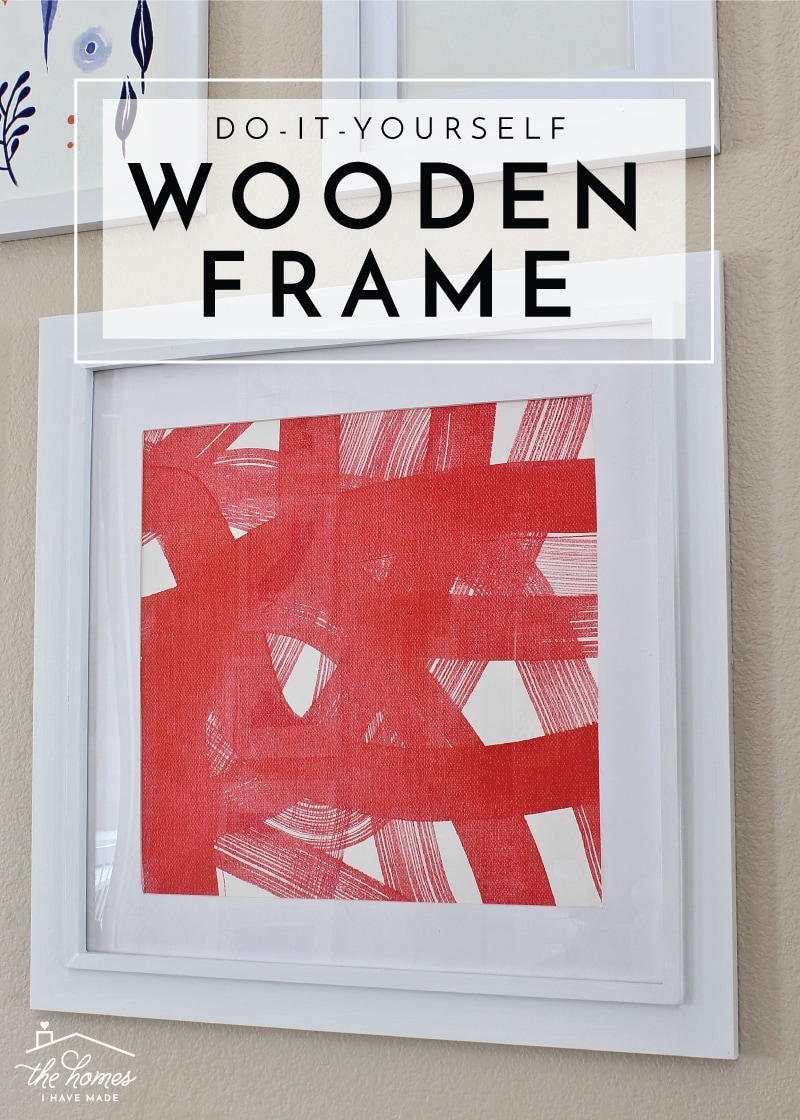

5 Comments on “When DIYing It Is Neither Quick or Easy! (+ How to Make a Wooden Frame)”
Best, most honest post ever! Love it Megan … and belated congratulations on the tutorial you filmed 🙂
Hi Megan,
I was following along, and nodding my head in sympathy and agreement at how long DIY projects can take. But then I stopped in confusion
when you got to the point where you cut down some dowels. I don’t know the name of the pieces of wood you show, but they aren’t dowels.
Dowel are round. What you show is some sort of “trim” piece, but I don’t know it’s name. Maybe we should crowd source the actual name, otherwise there could be a bunch of frustrated people looking for a unicorn.
Hi Penny!
I agree – I just wasn’t sure what to call them, lol! They can be found in the exact same section as all the round dowels at the home improvement store so that’s what I went with! If anyone knows the “right” name, I will update the post!
Have a great day!
Megan
Good solution with the square bits of wood. (Dowel confused me, too.) To avoid the mat snags, use a new blade. Dull blades cut badly.
Love this true and honest post. At the moment everybody is behaving like DIY is easy, quick and cheaper than just buy the item needed. So you get forced to DIY. But often you do not have the tools required for the project on hand in a normal household and it ends in buying expensive tools for just this project…but I also love your post of your quick DIY projects as most of them do not require a lot of tools or only tools that are common in a household. So you inspire, even with this post to rethink some projects and show ways how to avoid buying tools seldom needed and encourage to stick to the project started. Even if it is not as quick as first thought.